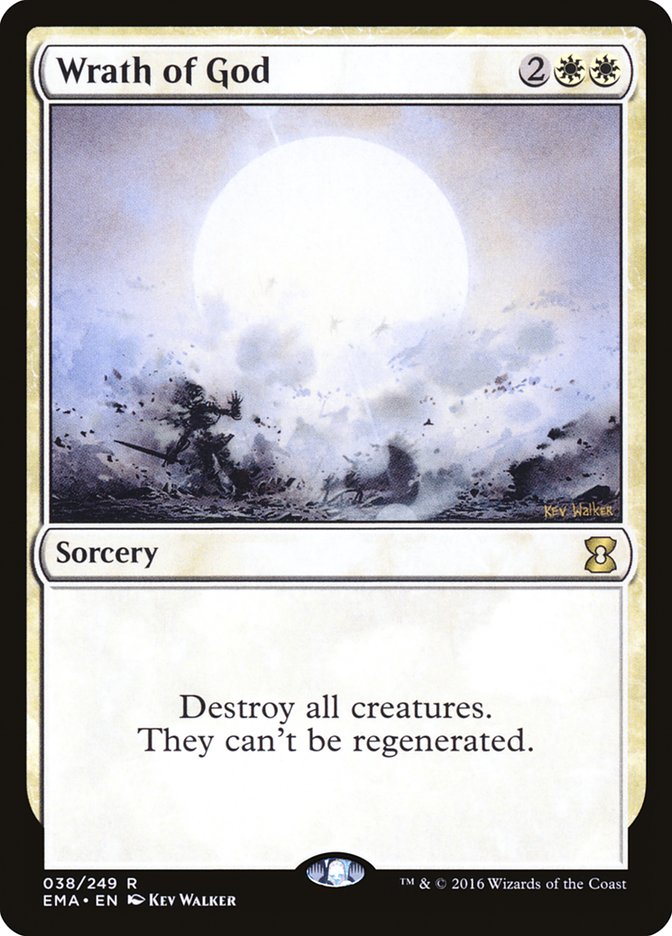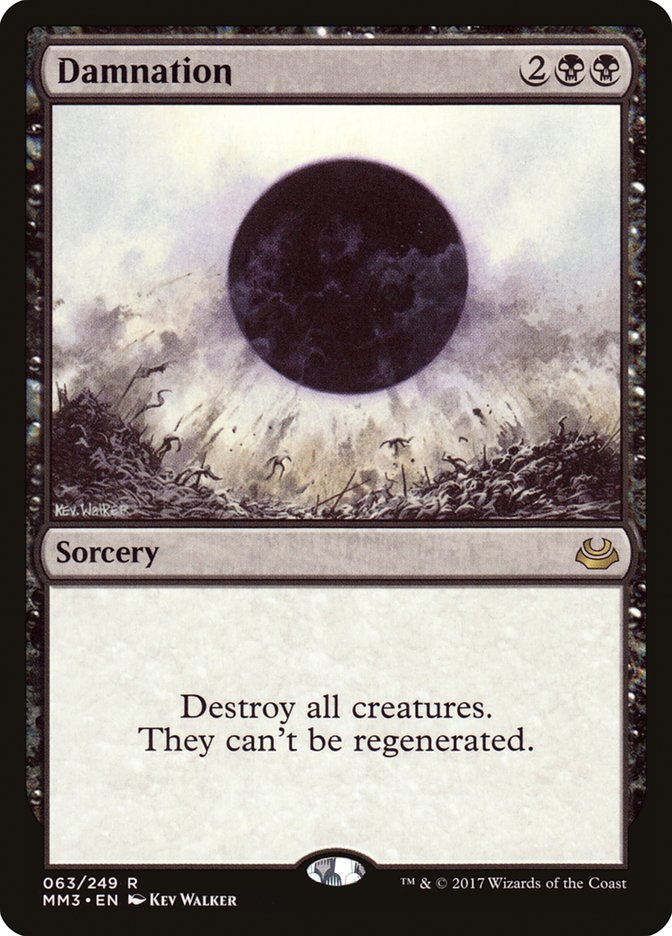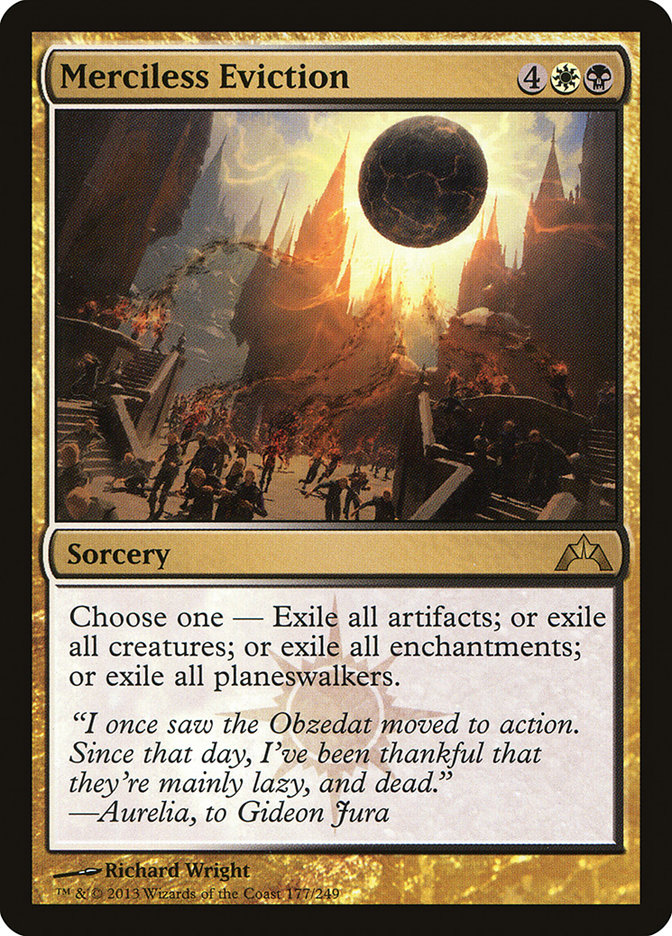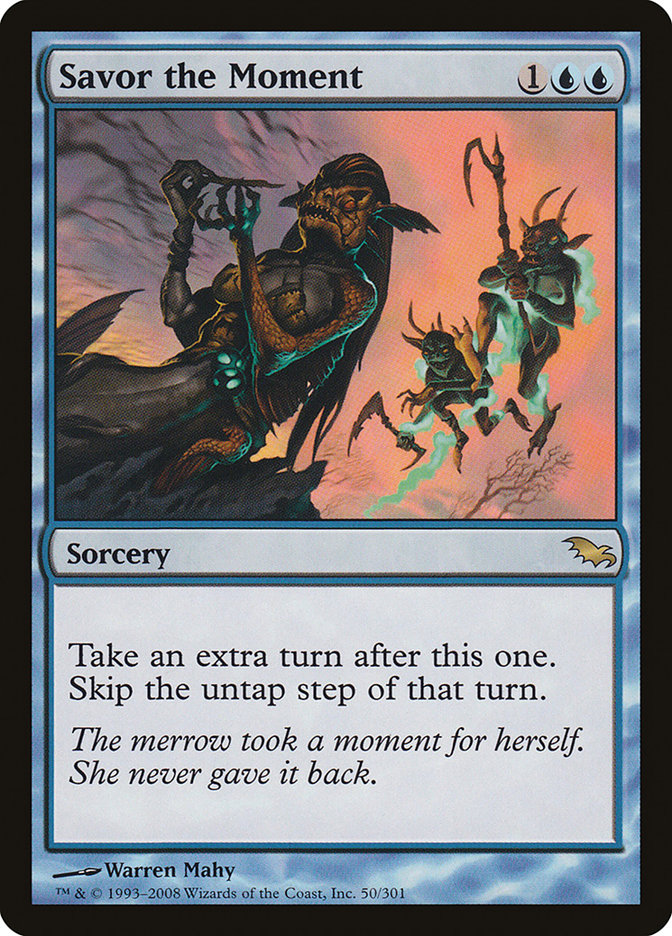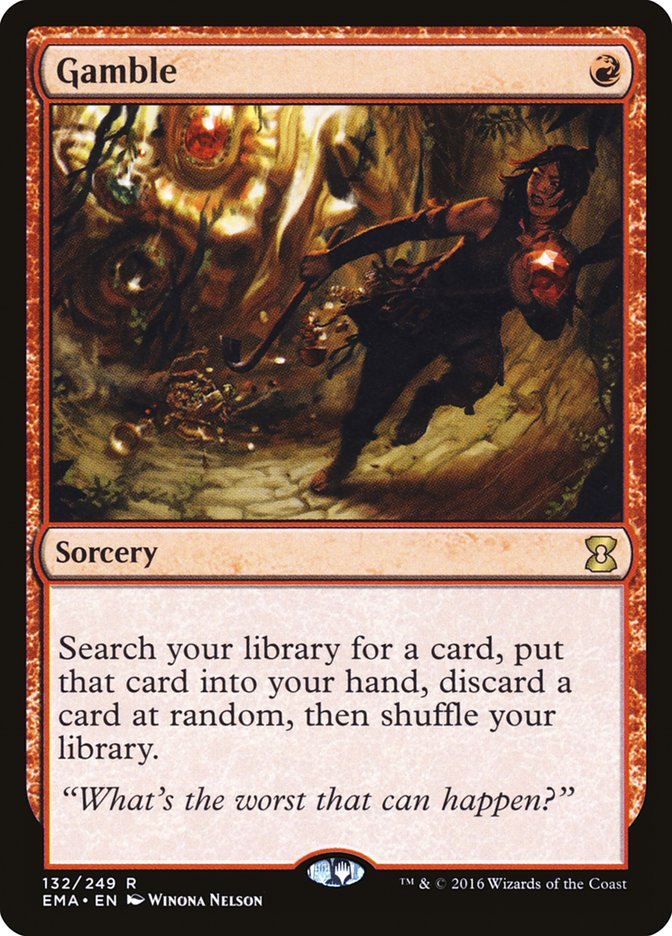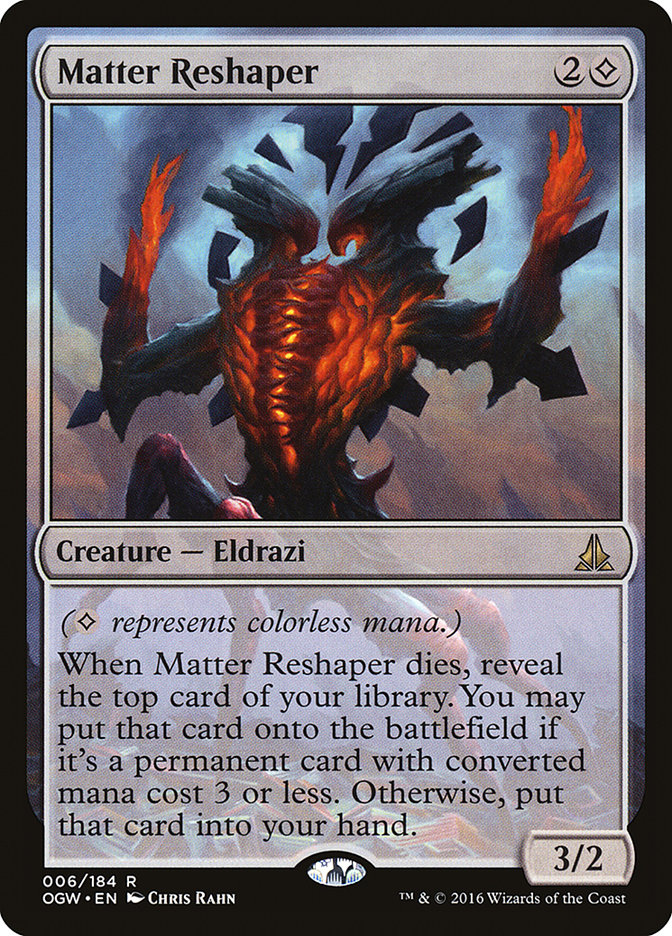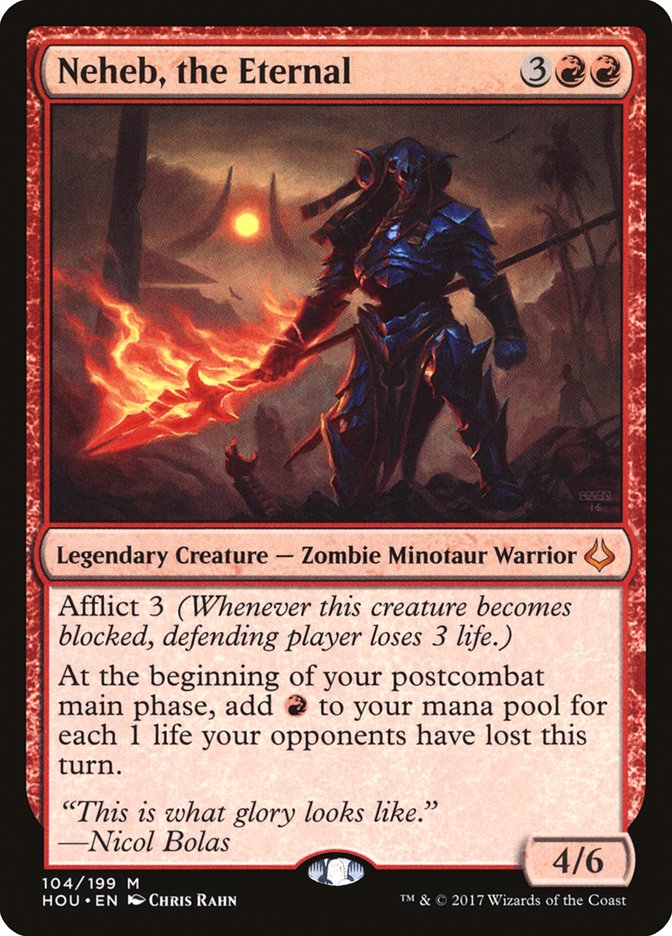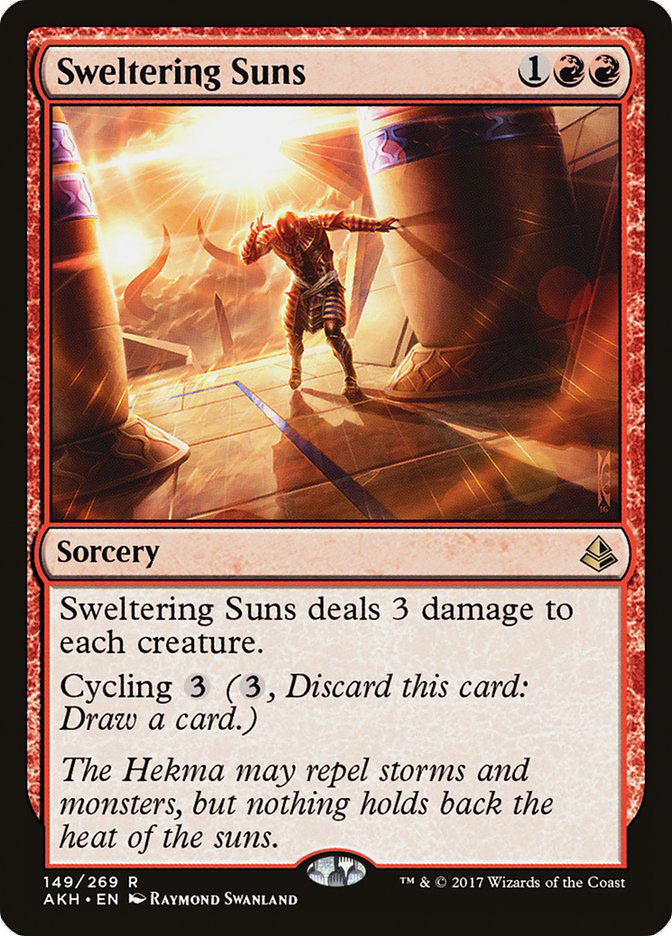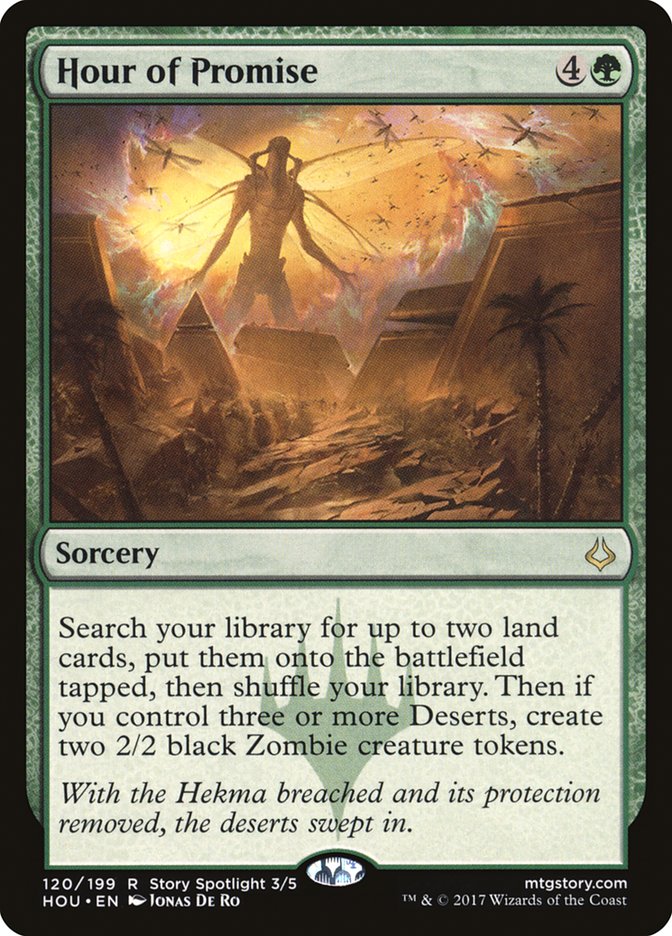This week’s solar eclipse was an exciting event for many of us here in the United States; for the first time in a century, at least a partial solar eclipse was going to be visible to the entirety of the USA, and millions of people tuned in or walked outside to check out the fascinating celestial event. Eclipses have fascinated our society for millennia, and their meaning and impact have changed over the centuries. From what was once a sign of impending peril, pestilence, or war, we have transformed the idea of the eclipse, which we can now regularly predict with incredible accuracy, into an opportunity to experience something together.
“Did you see the eclipse?”
“Wasn’t that awesome?”
“My eyes hurt!”
So many of us can finally share in this experience together.
My hometown, Louisville, Kentucky, was quite near the path of totality. As such, we got an impressive show, about 96% of the total eclipse. A tiny sliver of the sun was still enough to illuminate the world, but under a weird sort of twilight. During the eclipse’s local zenith, I thought about something else; clouds drifted by the sun, the earth kept spinning, and the moon kept moving even though I wasn’t done enjoying the view through my homemade pinhole projector. I had no control over the eclipse, nor did anyone else on Earth. We had to bend to the will of the cosmos, as it were, subjected to its schedule.
I believe in what psychologists call an internal locus of control. I believe that people, by and large, are responsible for their own success and their own future. Sure, some things can’t be controlled, but many things can, and a person with sufficient focus, mental fortitude, and dedication can accomplish many things in life, despite external forces that attempt to impede us. That being said, I kind of like the unpredictability and randomness of Magic. I don’t actually like consistency as much as I like to espouse it in deckbuilding. Sometimes, I just like taking a chance, rolling the dice, seeing what happens when I set the inevitable in motion.
Thankfully, Hour of Devastation had my number with one card in particular.
Hazoret’s Undying Fury is an exceptionally red card, and as red’s color identity has evolved over the years, this sorcery lines up more and more with that new paradigm. This card is an incredible gamble. The upside is enormous: casting four spells for free, all of which can have an immediate, game-breaking impact. You could also hit four lands, cast nothing, and forfeit two turns.
I like that red is heading back this direction. Sure, it’s the color of fire and speed, but it’s also the color of impulse, of risk. Hazoret’s Undying Fury check’s all those boxes for me. The unknown aspect of this card is highly appealing.
Believe me, though, I have no illusions of this card’s quality. You can’t set it up, due to the shuffle clause, and it’s easy to brick; the average cast will likely yield two lands and two middling cards. Load the deck with too many quality five-drops and you have an unplayable pile of nonsense that rolls over to any strategy. This is a six-mana sorcery. There are lots of ways this could go wrong, and I venture that, much of the time, that is exactly what will happen. But for those times that you can get it to do what you want, you’ll be having so much fun. Your mind will minimalize the more common occurrence, the one where you’ll find two cards, one of which will be countered, and the other one won’t matter. It takes patience, and it takes resolve, but I think the swelling feeling of the one payoff is probably worth it for fun.
Hazoret’s Undying Fury seems like a simple enough build-around card at first, but when you start to think about how to make a deck reliably cast this spell, things get dicey quickly. You need a lot of lands to cast a six-mana sorcery, but more lands mean more opportunities to whiff once you get all the lands you need. You need some card selection, which red can provide through cards like Tormenting Voice and Cathartic Reunion. You also need a way, if possible, to cheat out Hazoret’s Undying Fury.
Got it!
Wildfire Eternal reminds me a great deal of Oracle of Bones, a rare from Born of the Gods around which I built two different decks, one with a plan to cast low-cost spells a little faster to stay ahead on tempo, and one that went big with Rise of the Dark Realms. It’s a four-drop with a specific condition that, if met, allows you to cast spells for free. However, I like Wildfire Eternal much more. Not only is it harder to kill with the removal spell du jour Abrade, but it’s also repeatable.
Oracle of Bones required a bit of work to repeat, but Wildfire Eternal is a constant threat; even if they block it, they’re losing four life, and then they’ve got to deal with it next turn. Velocity would be important, too. With the right build, you could get Wildfire Eternal sideways as early as turn 3. Cards like Bloodlust Inciter, a turn 2 ramp spell like Vessel of Volatility or Warping Wail, and a turn 3 Wildfire Eternal in the red zone could let you get online ridiculously quickly. Balancing these needs would be tough, but that’s what we’re after here, so let’s see what we can do!
This is where I initially started, but after deciding that this was asking too much of the deck (and after hitting land, land, double Bloodlust Inciter off Hazoret’s Undying Fury), I decided to build more “conservatively.”
Creatures (11)
Planeswalkers (1)
Lands (24)
Spells (24)

Creatures
With so much reliance on spells to make this deck function, our creature list is small. However, each creature makes a big difference.
Matter Reshaper, an easy cast off the deck’s many colorless-producing sources, doesn’t mind blocking when needed and can help smooth out the relatively low land count by digging deeper for them. It’s a snap-block in most instances, as the 3/2 body for three is nothing special, and you’d much rather get value ASAP. From there, a set of Wildfire Eternals is important to make sure your plan is consistently threatening. If you draw multiples, we have lots of ways to clean out our hand of extra copies.
Neheb, the Eternal is perhaps the deck’s best surprise. Neheb, the Eternal allows you to leverage afflict and direct damage to push your deck over the top. Many decks implement lifegain to outrun red decks, so the afflict for five and a follow-up trigger isn’t really a win-more anymore. Neheb’s mana production can ease the cost of a Hazoret’s Undying Fury, requiring the tapping of fewer lands. Neheb himself is also very difficult to kill, dodging Hour of Devastation, Abrade, Fatal Push, and Grasp of Darkness, making it an imposing threat on the battlefield itself.
Spells
As is to be expected, the spells in this deck are what we’re most interested in, as they give the deck consistency and, ultimately, the power to overwhelm our opponents and finish the game.
Tormenting Voice and Cathartic Reunion help filter out the cards we don’t need, but sadly the graveyard doesn’t have much impact. Still, this is a necessary evil, and to have a deck with a dense concentration of power on a few cards, filtering the dross is essential. They’re also castable off Wildfire Eternal and Hazoret’s Undying Fury, allowing better hand crafting.
Collective Defiance, in a way, represents extra copies of those two spells, but it also deals damage to an opponent or planeswalker, or an important four damage to creatures, pushing past the Abrade wall that many creatures are trying to clear. While you can’t escalate it after casting it for free, it can still execute the most critical mode.
Scour from Existence, an effect not usually available to mono-red decks, gives us access to an unyielding removal spell. Planeswalker, artifact, land, creature, enchantment? Doesn’t matter now! While it can be cast for free off Wildfire Eternal, it can also be hit with Neheb, the Eternal’s bountiful mana. Scour from Existence is a bit overcosted, to be fair, but it’s also the only undeniable, unconditional removal in Standard. I’ll try it for that.
Sweltering Suns is a carefully chosen sweeper that doesn’t kill either of our finishers while wiping out Matter Reshaper for value. Cycling, while expensive, is still doable and provides a nice alternative option against control or midrange strategies where three damage doesn’t kill much.
I tested the deck solitaire before sleeving it up, and was happy with it from a consistency perspective. In paper, I tested it against Ramunap Red, Mardu Vehicles, and Grixis Control, three matchups that it went on to lose miserably.
While consistent, the deck didn’t do enough, assembling something that was not at a comparable power level to what my opponent was doing. I never had the right combination of spells and active Wildfire Eternals, and while it was difficult to deal with, it often just attacked for one with no spells in hand to trigger. The deck suffered severely from a lack of true card advantage. Cathartic Reunion and Tormenting Voice were poorer than I expected, as I often relied too heavily on the cards I discarded to make the deck function.
Even with some more practice games, I was very disappointed with the deck. It needed another color (besides colorless), and I was trying to decide which one would work best. Black had good removal, but its top end spells weren’t particularly attractive. White had Approach of the Second Sun, which is cute with Wildfire Eternal, but it still felt like it struggled with the same consistency issues. Blue is the most obvious choice, with the dedication to card advantage and powerful instants and sorceries, but blue itself is a little lacking in big pay-off spells that do something besides draw more cards.
Green?
I constantly found that I needed more lands with this deck. I was substituting lands for spells that cost mana, which ultimately caused me to slip up on making the curve, and I usually barely made it to Hazoret’s Undying Fury if I ended up hard-casting it, and then if I bricked, I was just pretty much dead. That wasn’t a recipe for success, and honestly, it wasn’t even that fun. Wildfire Eternal, much more than Hazoret’s Undying Fury, was the fun card.
Let’s port over Wildfire Eternal into a shell that plays just the good stuff.
Creatures (10)
Lands (22)
Spells (26)



